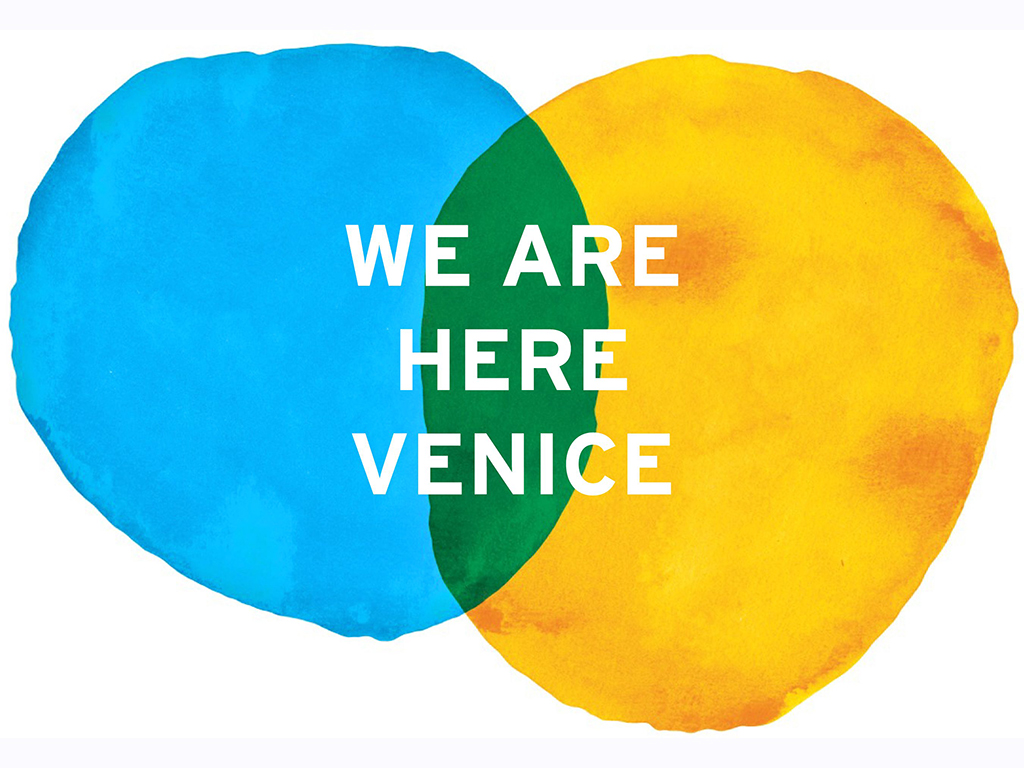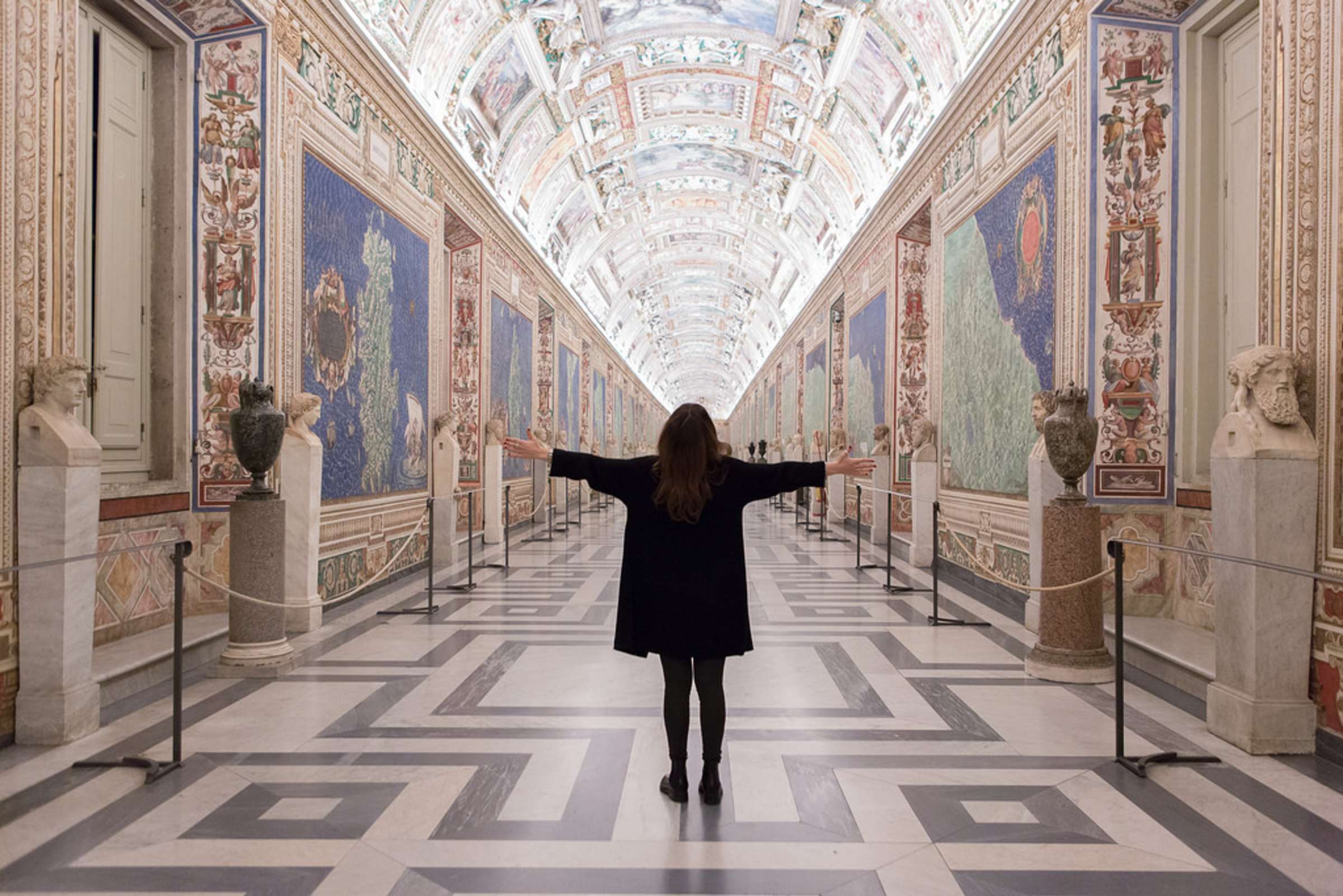Updated Oct 1, 2024
Every 25 years, the Eternal City transforms into an epicenter of faith, tradition, and culture as it hosts the Rome Jubilee. This extraordinary event, also known as the Holy Year, is a time of great significance in the Catholic Church, offering both spiritual enrichment and the opportunity for plenary indulgence.
What is the Rome Jubilee?
The tradition of the Jubilee, or Holy Year, dates back to 1300 when Pope Boniface VIII declared a universal festival for the Catholic Church. Originally intended as a celebration every 100 years, the frequency was increased to every 25 years to allow each generation to experience at least one Jubilee.
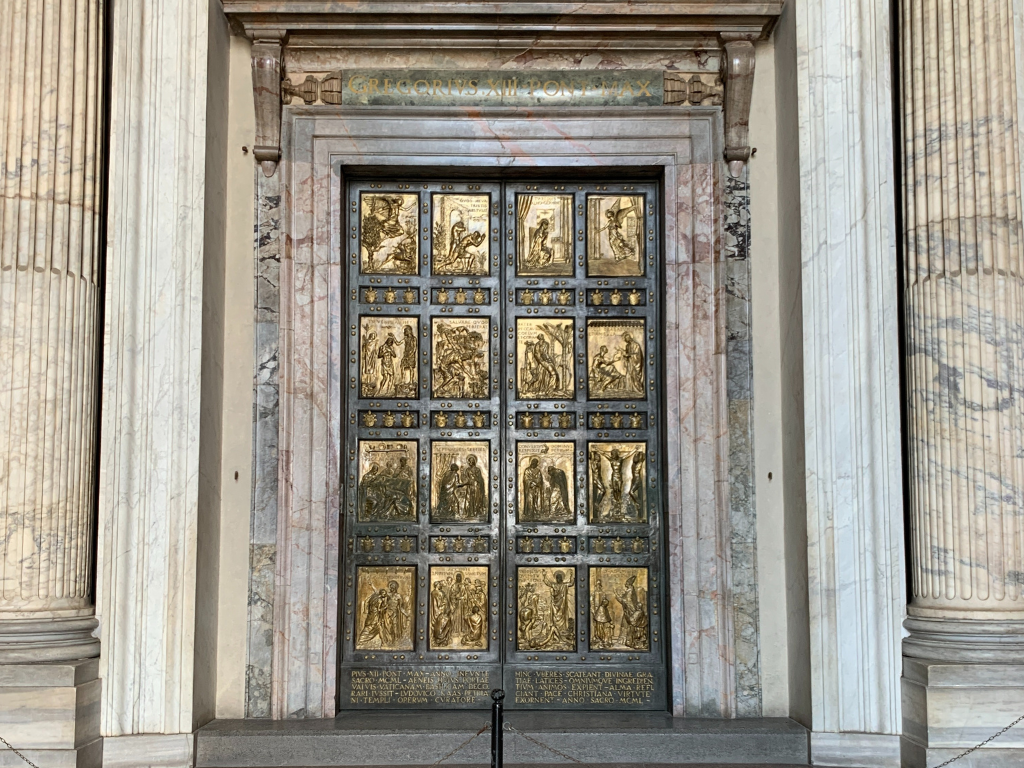 The Holy Doors of St. Peter's
The Holy Doors of St. Peter's
During this Holy Year, the faithful are invited to make a pilgrimage to Rome and pass through the Holy Doors of the four major basilicas, which are opened only during this time.
The four Papal Basilicas in Rome are:
Dates of the Jubilee
The next Jubilee is scheduled for 2025, beginning on Christmas Eve of 2024 and extending throughout the entire year before ending on December 14th, 2025.
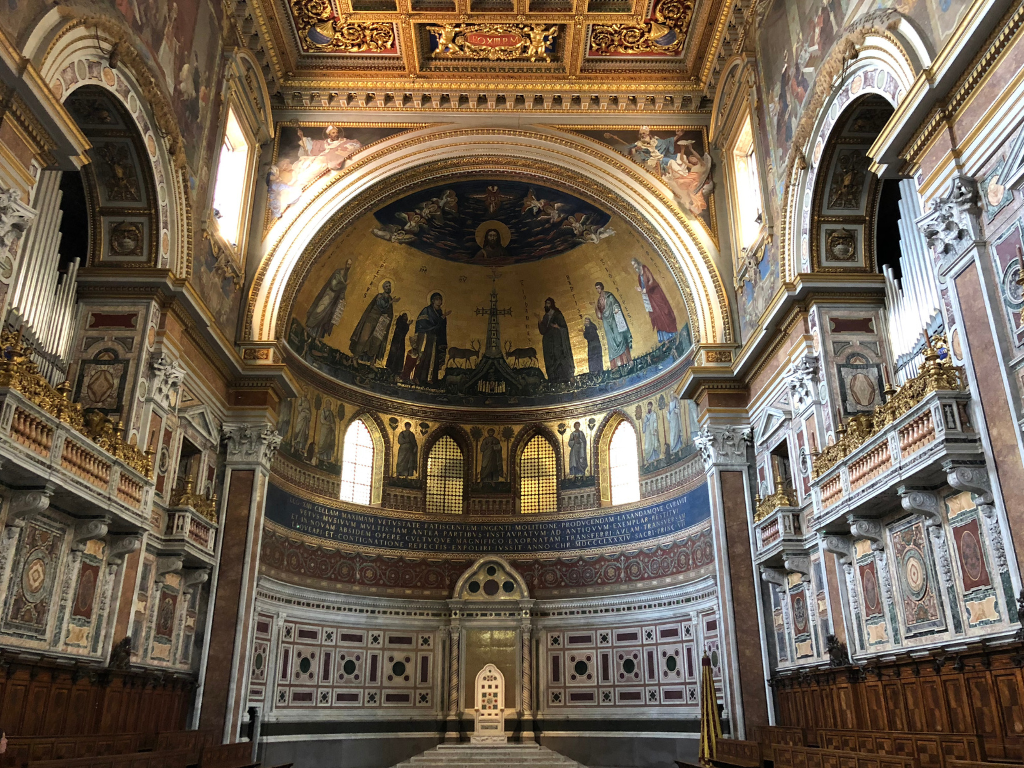 The interior of St. John Lateran's
The interior of St. John Lateran's
During this period, pilgrims from around the globe will gather in Rome, contributing to a significant increase in the city’s daily hustle and bustle.
The Significance of the Jubilee
The Jubilee is more than just a religious event; it is a year of reconciliation, conversion, and spiritual renewal. Pilgrims partake in special prayers, masses, and processions, and receive the Church’s blessings. The act of passing through the Holy Doors symbolizes the transition from sin to grace, a core tenet of the Jubilee’s purpose.
The Holy Doors, found in each of the four Papal Basilicas in Rome, are central to the Jubilee's rites. These doors are normally sealed shut but are opened during a Jubilee year, allowing pilgrims a literal and symbolic entry point to a path of spiritual renewal and penance. The opening of these doors by the Pope marks the commencement of the Jubilee and symbolizes an invitation from the Church to the faithful to enter into a time of deep spiritual renewal and reconciliation.
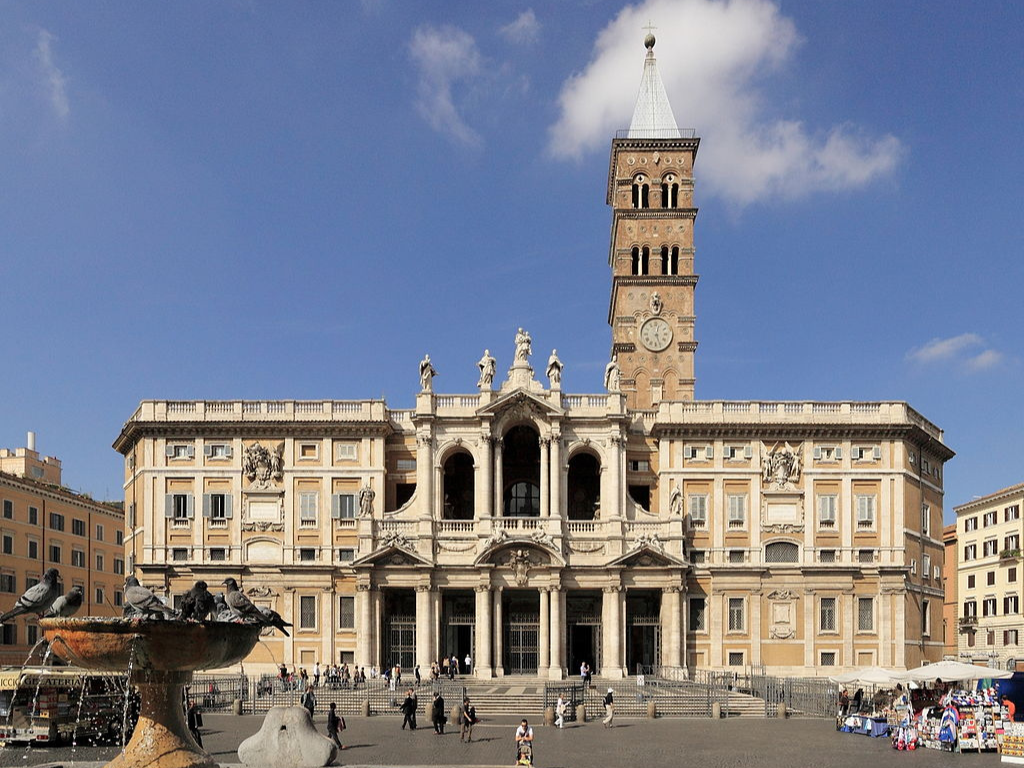 The Basilica of St. Mary Major, one of the 4 basilicas whose Holy Doors will be open for the Jubilee
The Basilica of St. Mary Major, one of the 4 basilicas whose Holy Doors will be open for the Jubilee
The Seven Churches Pilgrimage is also a key tradition for religious visitors. This involves visiting the seven churches that correspond to the final seven places that Jesus traveled to between the Last Supper and his crucifixion. The walk is approximately 25 kilometers and winds through Rome, with stops along the countryside, catacombs, and basilicas throughout the city.
Tips for Visiting Rome During the Jubilee
Plan Ahead: Accommodation and transportation can be scarce due to the influx of visitors. Book well in advance to secure your stay and travel arrangements.
Visit Major Sites Early or Late in the Day: The likes of St. Peter's Basilica and the Vatican Museums will be crowded. Plan to visit early in the morning or late in the afternoon to avoid the largest crowds.
Explore Beyond the Vatican: Rome is brimming with history. Take the opportunity to explore other sites like the Roman Forum, the Colosseum, and the many piazzas and museums.
Respect the Sacred: Whether you’re participating in Jubilee events or just sightseeing, remember that these are places of worship and significance for many. Dress modestly and act respectfully.
Be Respectful to Locals: As Jubilee events bring larger crowds than usual, be mindful that these areas are also home to many residents going about their daily lives. While you enjoy the festivities and sights, respect the locals by keeping noise levels low, being courteous in busy areas and on public transport, and ensuring pathways remain clear.
For Non-Pilgrim Tourists
If you're visiting Rome during the Jubilee year but are not interested in participating in the festivities, here are a few tips:
Be Aware of Event Schedules: Certain areas, especially around the Vatican, will be particularly crowded during major Jubilee events. Check the schedule of events to plan your activities around them.
Consider Alternative Accommodations: Staying in neighborhoods further from Vatican City, like Testaccio or Monti, can offer a reprieve from the crowds while keeping you close to many of Rome’s treasures.
Enjoy Rome’s Other Offerings: This might be a great time to explore Rome’s lesser-known attractions, such as its parks, lesser-known museums, and Trastevere district for a taste of local life.
Explore beyond Rome: Italy has many cities and regions worthy of exploring. Visit the birthplace of the Select Aperitivo in Venice, see the Duomo in Milan, or head south for ancient ruins and charming towns around Sicily.
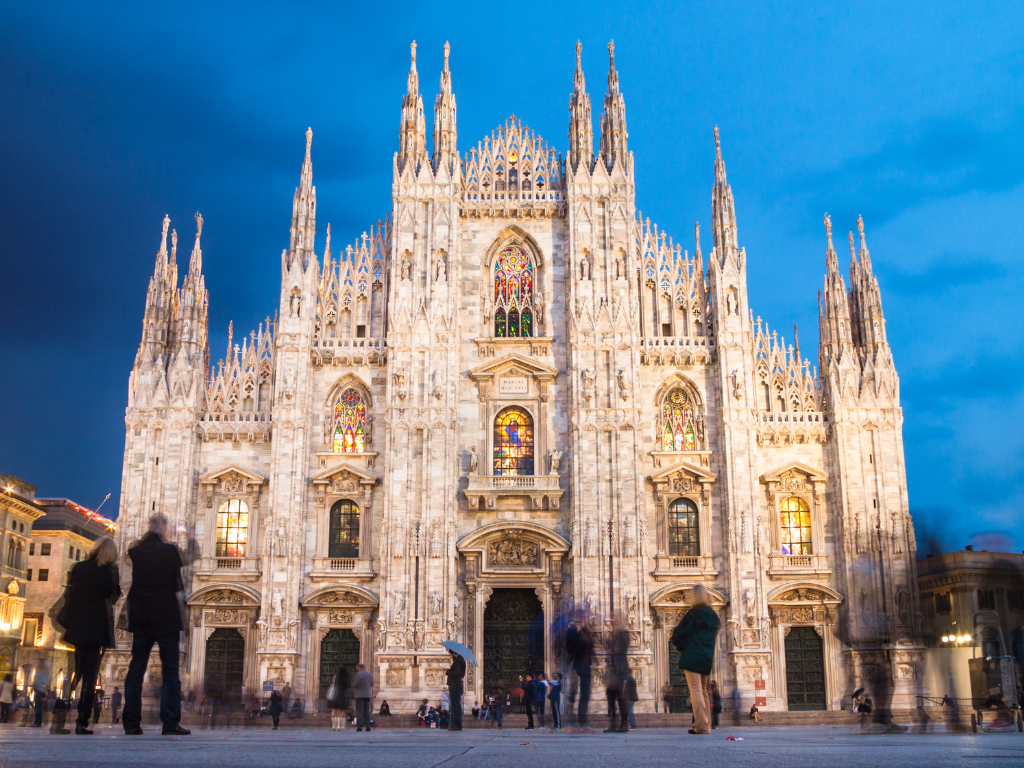 The Milan Cathedral
The Milan Cathedral
Resources
For more information on the 2025 Jubilee, visit the official Jubilee website for insights into events, planning, and visitor guides.
If you'd like to travel to the main sites with Context during the Jubilee year, book your tour early as availability will be limited.
Whether you’re a pilgrim drawn by faith or a tourist attracted to its timeless allure, Rome during the Jubilee is a vibrant tableau of cultural and spiritual festivities. With careful planning and consideration, your visit can be both a meaningful pilgrimage and a delightful exploration of one of the world’s most historic cities.


